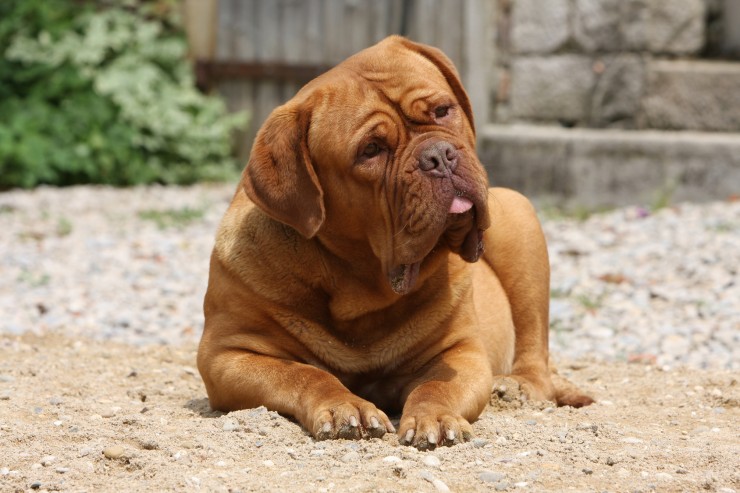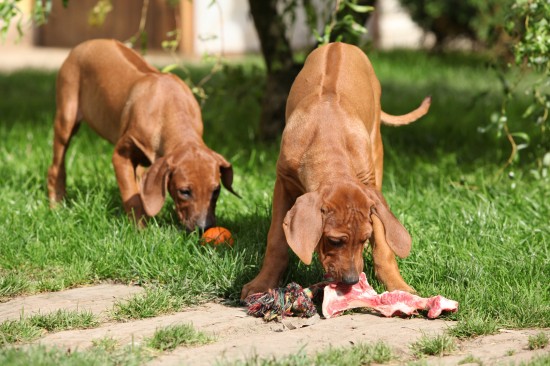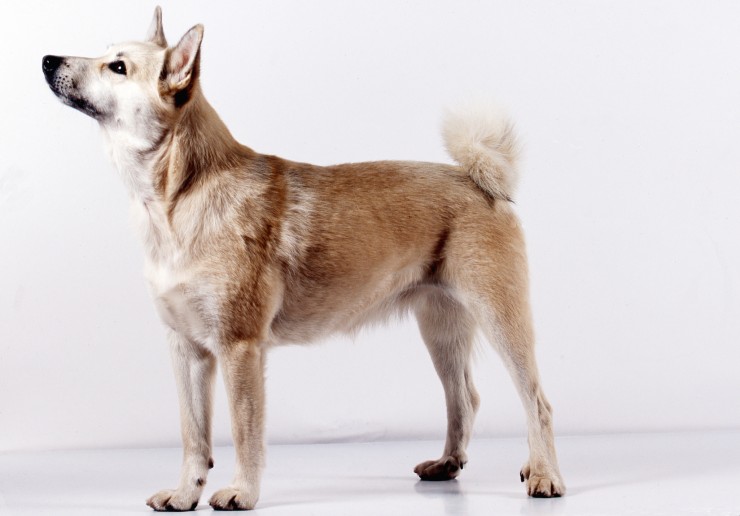
So you are considering Backyard Chickens. Let's start with the basics.
Good housing is absolutely essential to keeping your hens secure and healthy. The house you choose should be substantial enough to withstand all weathers and particularly protect them against predators. Preferably choose one that does not sit on the ground as this can lead to damp, cold conditions inside the house. This is not only unhealthy for the hens, but is also a wonderful place for rats and mice to make their homes and live undisturbed.
The henhouse should be considered to be an investment, one that will protect your birds and make life easy for you as you look after them. Convention says you should allow 1 sq ft of floor area per bird in a house, but more space is better. It should have a large access door for you to be able to clean it.
The Nest Boxes should be low down and in the darkest place of the house so that the hens can lay in privacy and be undisturbed. Perches should be higher than the nest boxes, removable for cleaning, approx. 2 inches square and allowing at least 7 - 8 inches of perch space per bird. Good ventilation is also important to prevent respiratory diseases.
A secure run area should be a consideration. Even in an urban setting, you'll need to keep the hens secure from dogs, foxes, badgers, mink or any other predator, This can be either a wired run attached to the house, a dedicated fenced run area with the house inside or an electric poultry net which will keep them secure and give them plenty of space.
A large non-electrified fence needs to be dug in at the base and be at least 6ft tall. Some folks have found Electric Poultry Netting to work very well. It is about 3ft 6in tall and is brilliant These fences require no digging it in (a fox cannot dig under it without getting a shock) and it doesn't look like a prison camp, it can be moved when necessary and made into any shape you want.
You should consider, when choosing a site for the house, how to offer some natural protection for the hens from the sun, wind and rain. A good idea is to pick a site with small trees in the pen in order to provide some shade. Don't use or plant bushes since they may encourage birds to lay their eggs under them, For the very worst of winter weather it may be an idea to keep the hens inside with food and water.
With the right house, keeping it clean need not be a chore. Use newspaper or old feed sacks on the base of the house and then add a light layer of wood shavings or straw. This will be easy to scoop out and replace regularly. Weekly cleaning is ideal depending on the number of hens and the weather, and once a month clean with disinfectant and a good scrape.
Nice thick layers of wood shavings are good for the nest boxes and should be kept clean for clean eggs. We always sprinkle Louse Powder into the nest box bedding to make sure the birds get a regular covering which helps to prevent lice.
We would always recommend timber housing and there are very good reasons for this. Timber will move and breathe with the seasons and therefore provide a healthy atmosphere for the birds with the correct ventilation. It will not be damp with condensation every time the temperature changes and will not suffocate them in summer or freeze them in winter.
With good hygiene practice there is no reason why timber houses should be more susceptible to mites and disease than any other type. There are plenty of purpose made products on the market for cleaning to make sure your house won't breed diseases. Make sure you wash hands thoroughly or wear gloves when cleaning the house and handling the birds.
Cleaning is a hassle, but consider the benefits. It is a small price to pay.
Copyright (c) 2011 David Soper
 How The Size And Breed Of Your Dog Affects Their Health In Old Age
How The Size And
How The Size And Breed Of Your Dog Affects Their Health In Old Age
How The Size And
 Puppy Problems - Nipping, Jumping Up, Barking, Housetraining And Socialising
Puppy Problems -
Puppy Problems - Nipping, Jumping Up, Barking, Housetraining And Socialising
Puppy Problems -
 Owning A Miniature Pinscher
Owning A Miniatur
Owning A Miniature Pinscher
Owning A Miniatur
 Some Interesting Facts About Dogs And Their Tastes In Food
Some Interesting
Some Interesting Facts About Dogs And Their Tastes In Food
Some Interesting
 4 Lovely Nordic Dogs That Make Perfect Companions
4 Lovely Nordic D
4 Lovely Nordic Dogs That Make Perfect Companions
4 Lovely Nordic D
Copyright © 2005-2016 Pet Information All Rights Reserved
Contact us: www162date@outlook.com